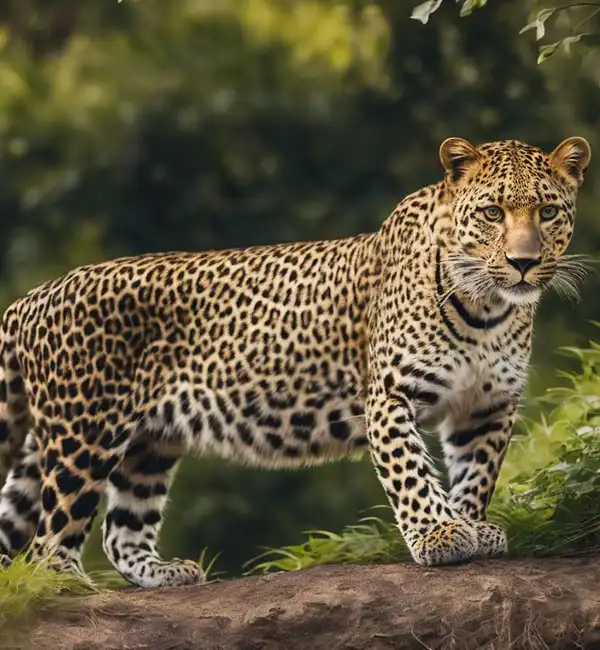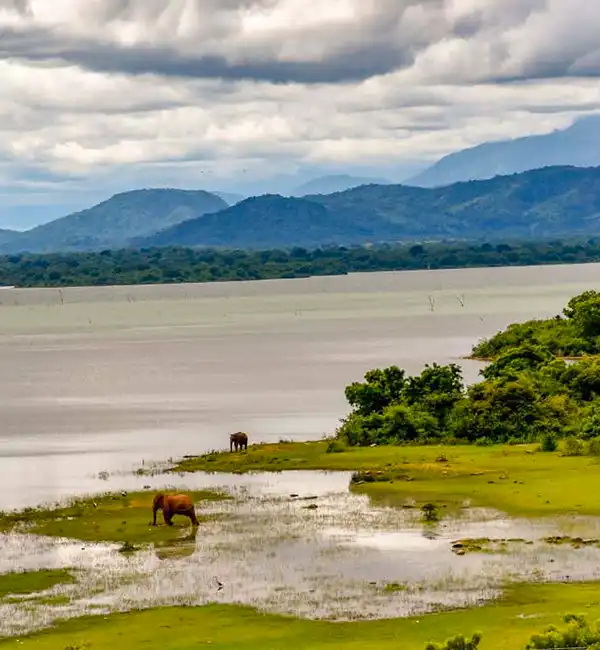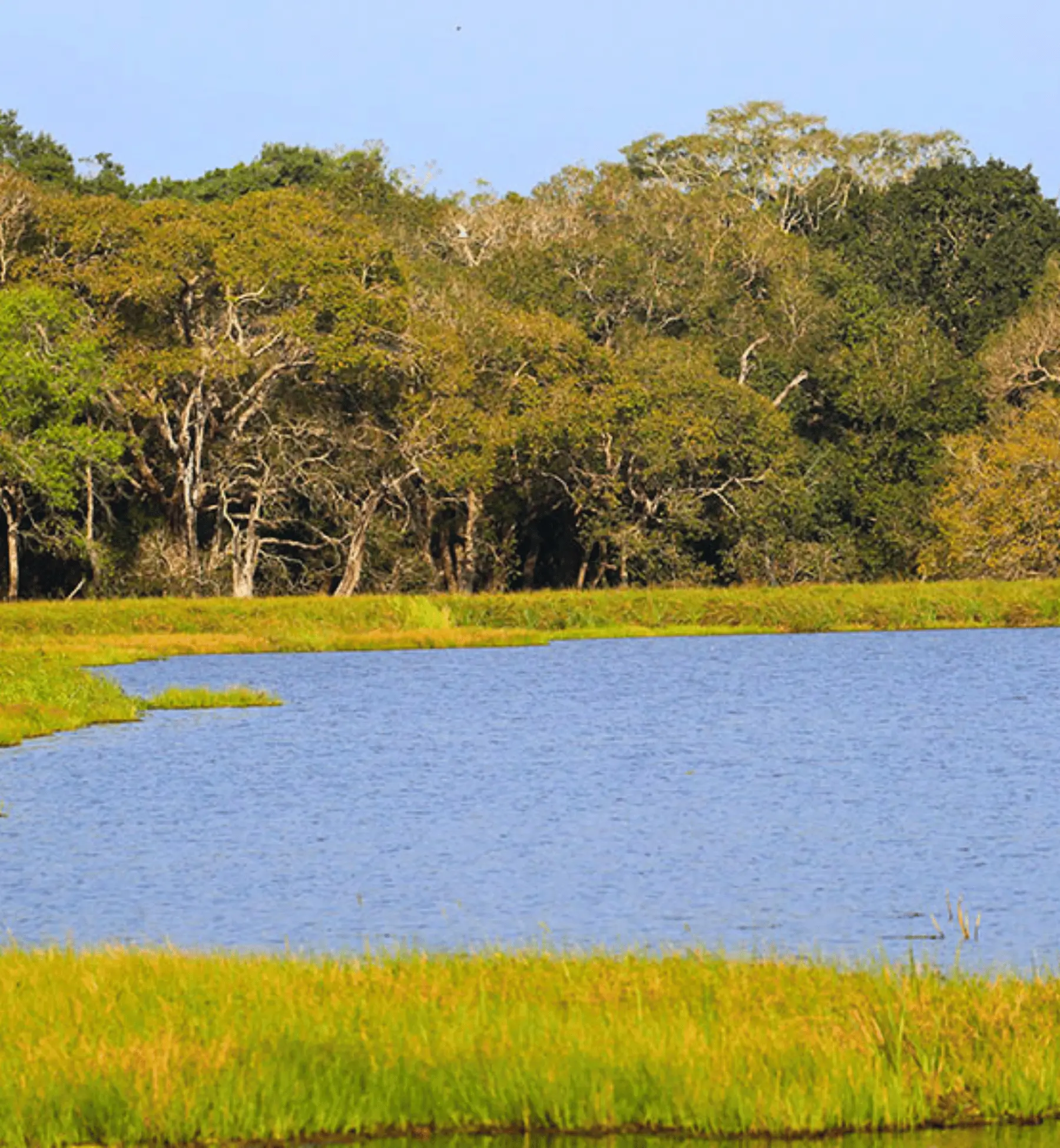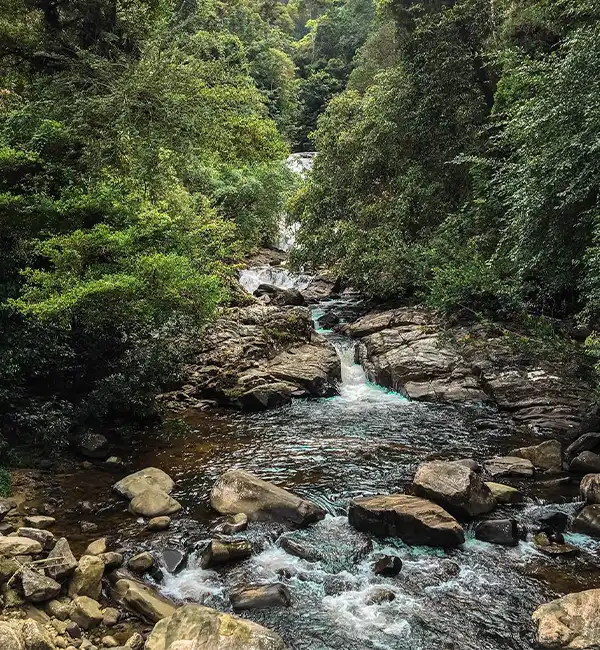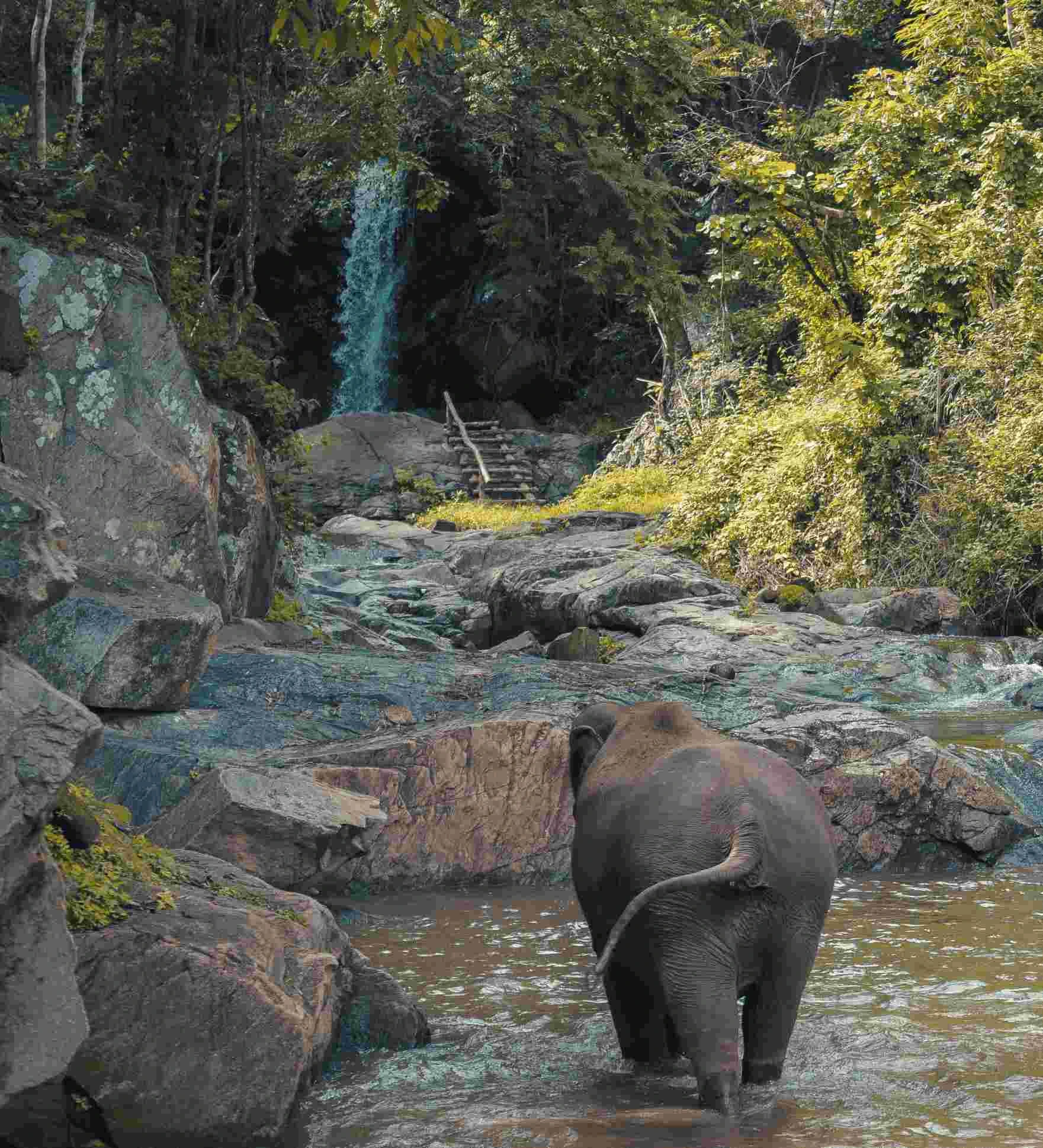Udawalawa National Park
Udawalawa is one of the best places in Sri Lanka to see wild elephants throughout the year. The park’s open plains and water reservoirs create a perfect backdrop for observing large herds as they gather to drink, bathe, or roam. Visitors often spot buffaloes, deer, crocodiles, and a range of birds during jeep safaris. The wide, flat terrain makes sightings easier and more frequent, especially during dry seasons. The park is also home to an elephant transit home, where young elephants are cared for before returning to the wild. It’s a destination that offers both adventure and learning.
